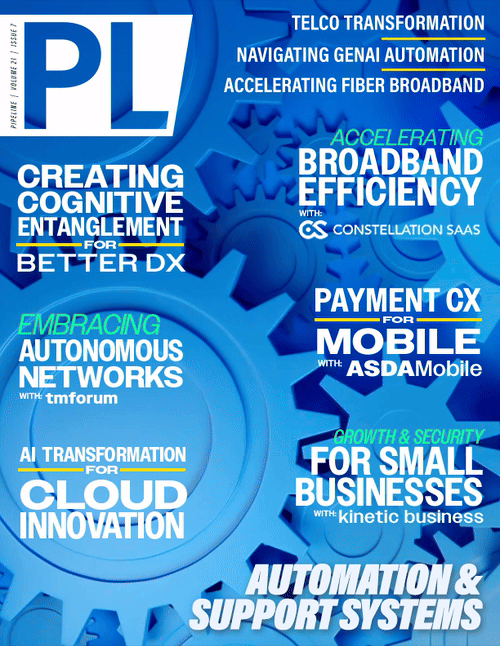Business Internet Has Come of Age.
5 Ways SMBs Can Reap the Benefits
By: Art Nichols

The cloud. Artificial intelligence. Cutting-edge software. We’re witnessing a democratization of technology whereby enterprise-grade solutions like these that were once reserved for large companies are now affordable for and accessible to smaller and mid-sized businesses (SMBs).
That’s certainly the case with network communications infrastructure, where the emergence of a new class of SMB-tailored internet solutions marks a coming of age for sophisticated yet streamlined and cost-effective connectivity options. That’s good news for SMB decision-makers, who clearly are inclined to push the technology envelope. A 2024 survey by the U.S. Chamber of Commerce found that eight in ten (81%) of small business owners plan to increase their use of technology platforms, and three quarters (77%) plan to adopt emerging technologies like AI and the metaverse. Forty percent say they’re already using generative AI (GenAI), up from nearly a quarter (23%) the previous year.
Now, SMB companies can grow their infrastructure and tech solutions to compete against others — at a cost that fits within most budgets. As critical a enabler as high-powered network communications can be for a business, making the move to advanced internet solutions gives SMBs the mature, reliable and powerful network capabilities their customers and employees expect, and they must have to compete. These solutions deliver the capabilities to address SMB connectivity priorities as well as some of their most obvious pain points:
1. Reliability
Make no mistake: Without a reliable, resilient network, an SMB risks getting overlooked, overshadowed and overtaken in whatever market it competes. For businesses today, going dark from a communications standpoint, even for a moment, simply isn’t an option. Customers want the ability to connect with an organization 24/7/365. What’s more, network downtime of any duration can be damaging to a small business’s bottom line — to the tune of hundreds of dollars per minute of downtime by some estimates — and to its reputation.
SMBs that rely on exclusively on legacy network infrastructure are especially vulnerable; that’s why many are shifting to fiber internet. By nearly every measure, including reliability and performance, high-speed fiber internet represents the gold standard in internet connectivity for a business.
As reliable as fiber internet is, it’s still imperative for businesses to build redundancy into its communications infrastructure. Today I see more SMBs embracing a “fiber first” strategy, using fiber internet as their primary connectivity mode, with another mode for backup to ensure critical devices stay online and communications channels with employees and customers stay open. Fixed wireless access (FWA) is one such viable backup option.
In areas where fiber internet isn’t available, such as in locations that lack wired infrastructure (remote locations, mainly), it may be worth considering FWA as a primary connectivity option. It’s worth keeping in mind that FWA is more limited than fiber internet because its upload and download performance depends on available spectrum band, and it competes for cellular bandwidth with other mobile services. All other factors being equal, SMBs that have a choice between FWA and fiber internet services tend to opt for fiber for its combination of cost, reliability and performance.
Some SMBs may not have a choice, however. In those situations, FWA can be an efficient and scalable alternative to a wired connection, enabling organizations to access 5G, with latency and speeds that are decent, if not comparable to those of fiber internet.
2. Network performance
The ongoing Internet of Things (IoT) boom, whereby an estimated 18.8 billion devices were connected to the internet as of the end of 2024, along with the proliferation of AI-driven apps, cloud-based business software, and



















